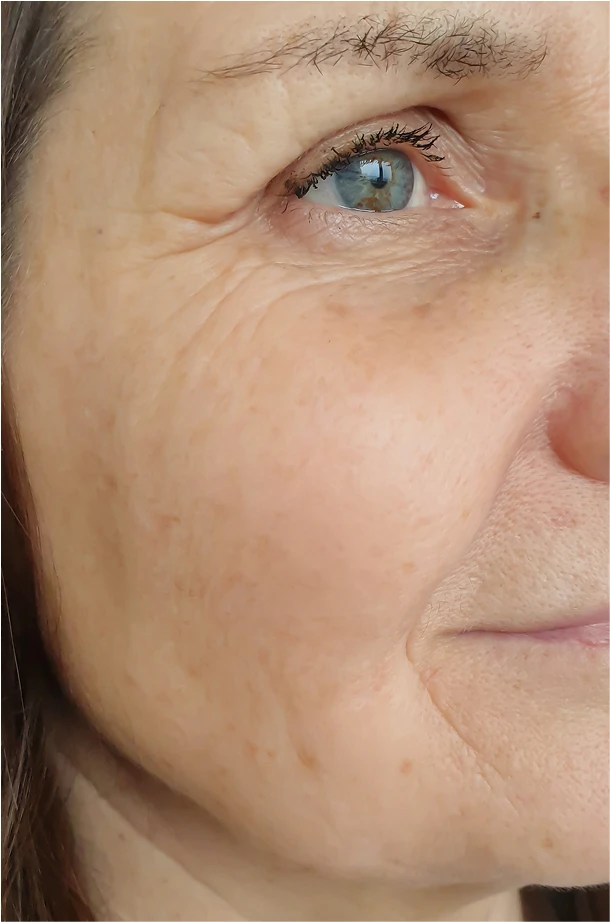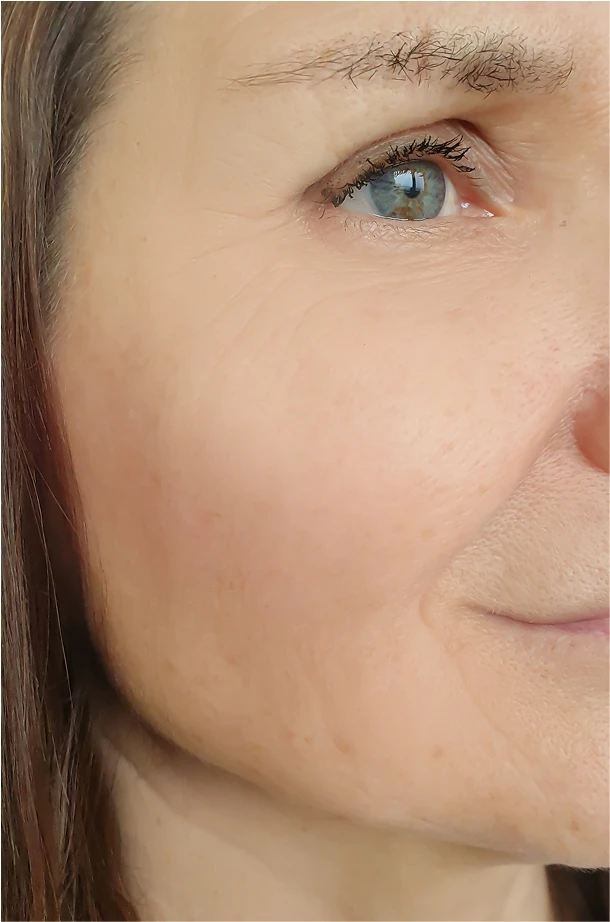

I recently underwent a facelift, and the experience has been transformative. From the initial consultation to the post-operative care.
Age: 52
Gender: female
Treatment: BOTOX & Wrinkle Relaxers
Introduction
Microdermabrasion is a widely utilized non-invasive cosmetic procedure aimed at enhancing skin appearance through mechanical exfoliation. This white paper explores the mechanisms, benefits, and clinical evidence supporting the use of microdermabrasion in dermatological practice.
Mechanism of Action
Microdermabrasion involves the use of a device that mechanically exfoliates the stratum corneum, the outermost layer of the skin. This is typically achieved through the application of fine abrasive particles or a diamond-tipped wand, which gently abrades the skin surface. The removal of dead skin cells stimulates the underlying epidermis, promoting increased cell turnover and collagen synthesis (Spencer, 2005).
Clinical Benefits
Safety and Efficacy
Microdermabrasion is generally considered a safe procedure with minimal adverse effects. Common side effects include transient erythema and mild irritation, which typically resolve within a few hours post-treatment. A comprehensive review in the “Journal of Cosmetic Dermatology” concluded that microdermabrasion is an effective and well-tolerated modality for various cosmetic indications (Spencer, 2005).
Conclusion
Microdermabrasion offers a non-invasive approach to skin rejuvenation, with demonstrated benefits in improving fine lines, hyperpigmentation, and overall skin texture. Its safety profile and minimal downtime make it a viable option for individuals seeking cosmetic enhancement. Ongoing research continues to elucidate the full spectrum of its clinical applications and long-term efficacy.
References
Real Patients
Take the first step toward your goals and schedule a consultation today to discover personalized treatments designed to enhance your beauty and well-being.